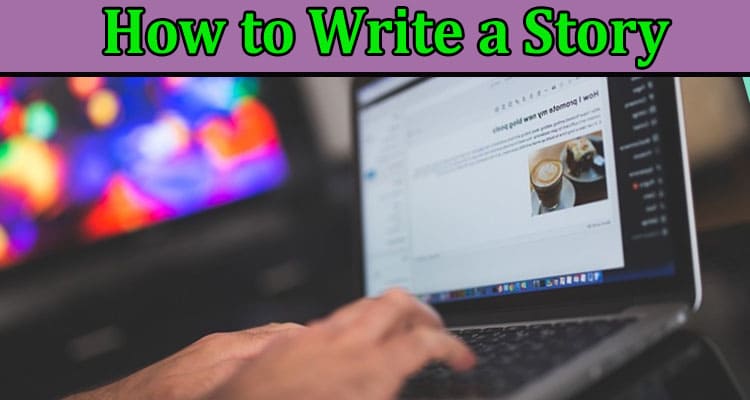To get your story off the ground, you need a plan. A story has several aspects: Character development, setting, conflict, and suspense. Using these elements to your advantage will allow you to develop a story that you will be proud to share with the world. You must plan carefully and set your account up so that it is both exciting and compelling.
Character development
Character development is one of the essential aspects of creative writing. Even the best plot can fall flat if the characters aren’t well thought out. Good character development is critical to any story, especially with multiple recurring characters. It is also encouraged for longer fiction, concise reports, and novellas. The writer of Harry Potter spent five years crafting the world of Hogwarts, so they know the importance of good character development.
Character development is the process of introducing and developing secondary characters. These characters are usually the friends or foes of the main character, who offer support when needed. They can also provide minor external conflict for the main character. It is not necessary to describe them in great detail, but it is vital to establish their relationship with the main character and their impact on the plot.
Setting
Setting a story is a crucial aspect of writing fiction. It helps establish the primary mood and backdrop of the story. A setting can be either specific or general. For example, a horror story would be set in a dark place, while a romantic comedy would be set in a light area. Whatever the genre, the setting is critical to creating an exciting, believable world for readers.
Experienced writers from essaywriter service say that setting a story allows the writer to establish the time and place in which the story’s events occur. It also allows the reader to picture relevant details and enhances the development of the plot and characters.
Conflict
Introducing characters with inherent conflict is a great way to keep your readers interested. For example, if two characters are profoundly religious but share an intense desire to be free, the reader will naturally anticipate what will happen. In addition, if the characters are socially and politically incompatible, the reader will be eager to discover what happens next.
When you write a conflict story, remember that the goals and motives of the different characters are often quite different. In some instances, the protagonist seeks to communicate with the other surface while the other is trying to protect a secret. The characters will confront each other to meet their goals in these cases.
Suspense
Suspense is the feeling a reader gets when they don’t know what will happen next. In a suspense novel, this feeling is usually a result of the tension that builds throughout the book. However, the suspense can become unappealing to the reader if suspense is overdone. To prevent this, keep the tension level low.
The best writers use several techniques to create suspense. One such method is to create a riddle for the reader to solve. This can be done through time pressure or physical danger. In Dan Brown’s The Da Vinci Code(2003), the readers’ primary focus is on understanding this riddle.
Character archetypes
Character archetypes are helpful tools to use when writing a story. While they can influence character development, it’s important not to let them dictate your writing. Instead, read books and stories about characters you’d like to emulate and let your imagination do the rest.
Archetypes can also be used to enhance your plot. They help define the main characteristics of the characters and foreshadow the action in your story. For example, a dark background might signify the protagonist’s nastiness, while a light background would signify their strength. Some archetypes are more universal, while others are specific to a specific genre or period.
Plot twists
A good plot twist is based on the character’s actions. This is important because it should not be a random coincidence. Instead, it should be believable and devious. It should also be consistent with the story. Using a plot twist in a story is a great way to make a story more gripping.
A plot twist can be a massive shift for your readers. It can also be a form of poetic justice. This is another story twist that is often overused to the point of being cliche.
Character details
Creating character profiles before writing is a great way to get to know your characters. It can help you avoid making a “Mary Sue” character, and it can also help you come up with new details and situations for your story. For example, you could write about the character’s childhood or write about their favorite foods.
When writing a character sketch, make sure that the details are coherent. For example, a disorganized character might constantly be late to appointments. A more introverted nature might carry a book everywhere he goes and avoid crowded spaces.

